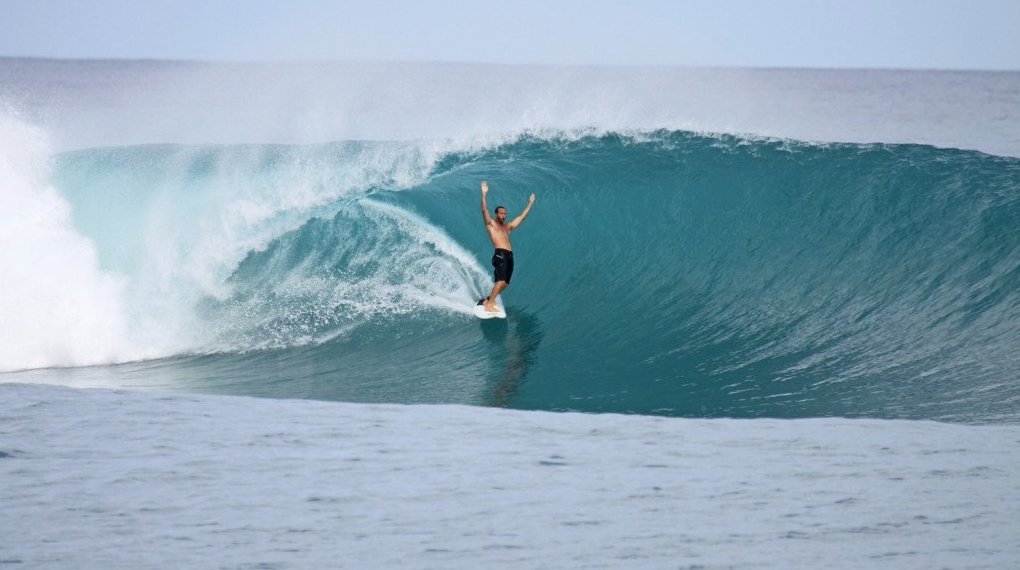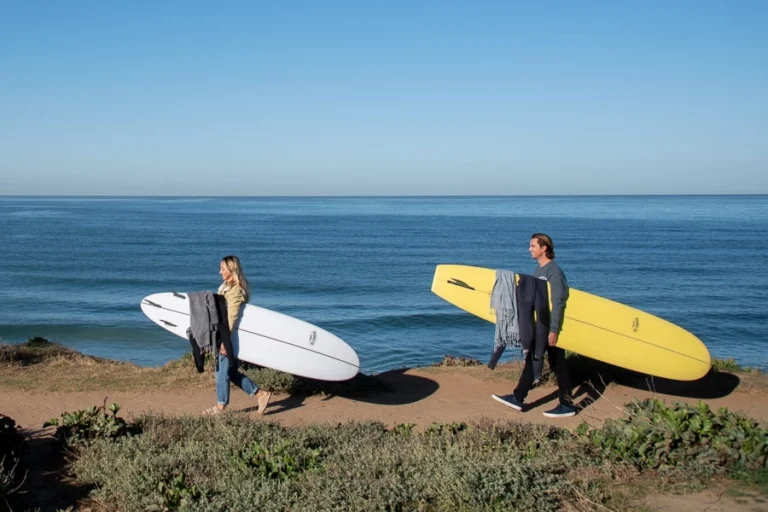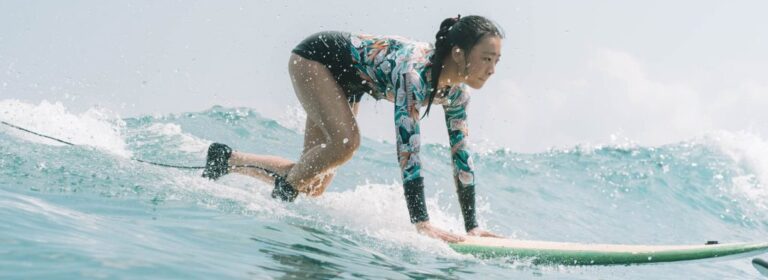Planning a solo surfing trip: A guide
When none of your friends are accessible and you REALLY want to cross off a new surf destination from your bucket list, you may have little choice but to travel alone. This is a guide to organizing the ideal solo surf trip, featuring our top 5 solo travel destinations. Who knows, with just yourself to please, it may end up being the best trip you’ve ever taken.
Why would you surf by yourself?
There are many places to go surfing on Earth because it is a large planet with over 70% of its surface covered by water and 620,000 kilometers of coastline.
There isn’t enough aspirin in the world to deal with the headaches that result from trying to get your family and friends to agree on where and when to go. Long distance travel has never been faster, Google Earth makes scouting new potential surf destinations so easy that new spots are popping up every other day, and the wonders of the internet mean the surf media gets our eyes on all these new discoveries with just the click of a button.
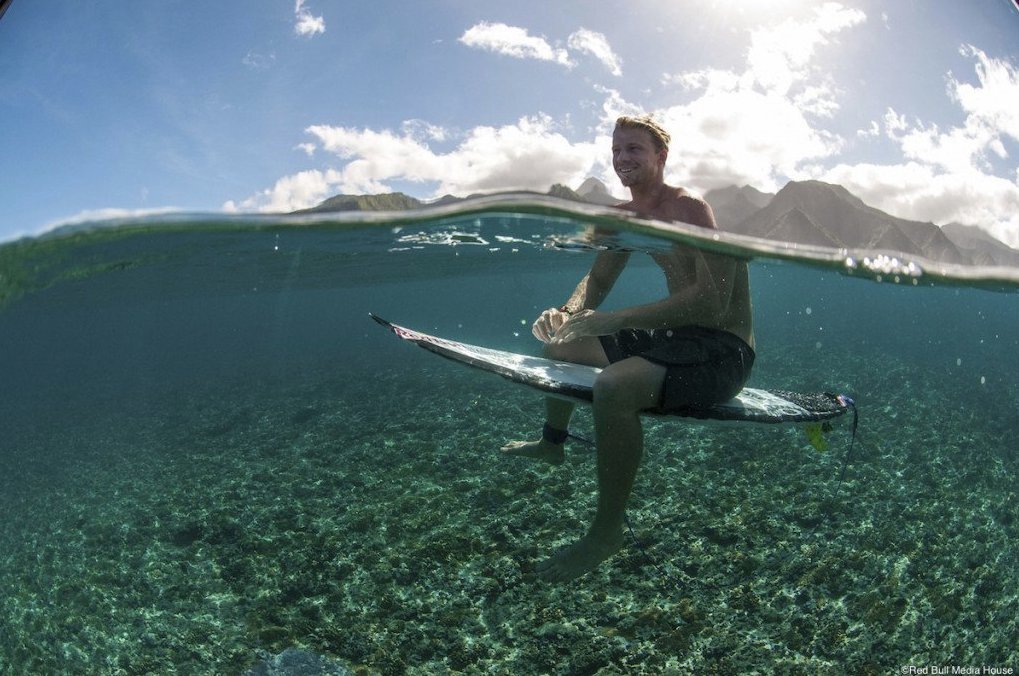
Despite that, there are some factors you need to consider when planning your trip, to keep everything easy and make the most out of your time away: preferred type of waves, accommodation vibe (social camp or quiet retreat), cost, ease of travel, and journey time. Here are some tips to help you plan your next solo trip.
WHERE IS A GOOD PLACE TO GO AS A SOLO SURFER?
Naturally choosing where to go is the single most important factor in planning a surf trip. There are just so many great surf spots, which are increasingly easy to get to, that making the final decision can actually be pretty tough.
If you’re travelling at short notice it’s easy: check the surf forecasts, and head to wherever is about to get a good swell. There’s pretty much always somewhere firing in the Indian or Pacific Oceans.
If you’re planning well in advance, the world is oyster. If you’re feeling spontaneous you can always just fling a dart at a globe and let the fates make the decision for you, or start narrowing down the options more intelligently.
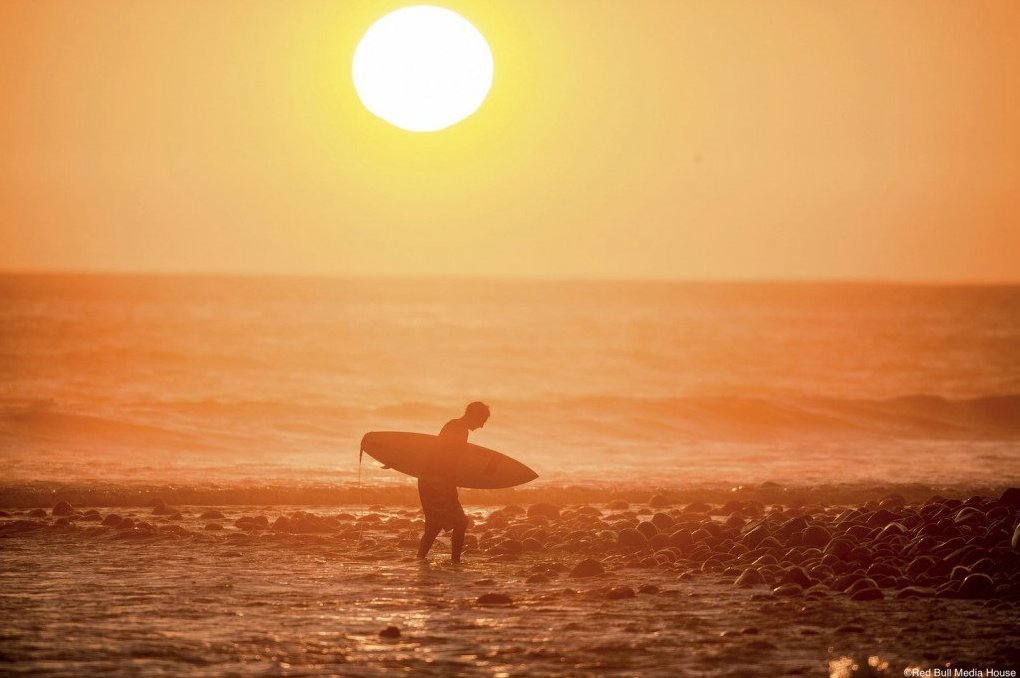
When do you want to go, and where is in season?
Indonesia gets great waves with incredible consistency from July through September, though something is pretty much always cooking in the Mentawais; Portugal and Morocco start firing with powerful surf and cool offshore winds from around September/October; Sri Lanka is warm and glassy throughout most of the Northern Hemisphere winter, while the Maldives offer clean, sapphire blue waves from March and bigger swells from May.
The dual options of Pacific or Caribbean coast in Central America mean you can find good waves there pretty much all year round, and likewise in South America where you can choose between the Pacific and Atlantic coasts. Africa has an absolutely bewildering amount of surf spots – the most iconic is easily J Bay, which starts cooking in March and works through September, while Senegal is at its best from November to February.
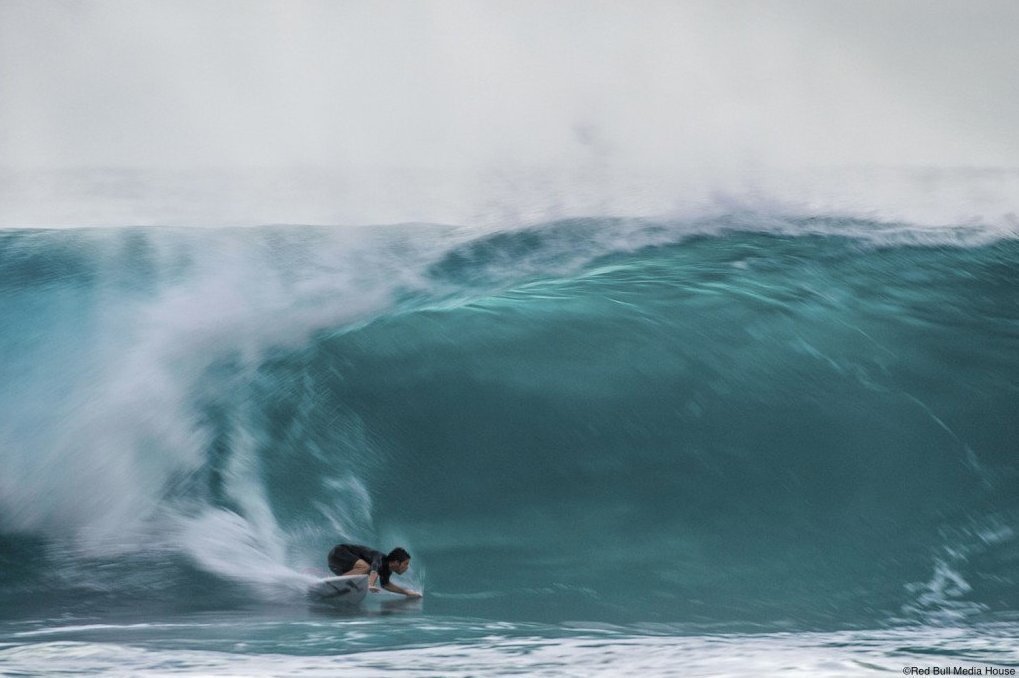
Make a list of the destinations in season when you want to travel, then break it down further:
- What sort of waves do you want to surf? High performance and shallow reefs, mellow beach breaks, long grinding points?
- How far are you will to travel? Indo is a long flight from just about everywhere, while Europe and Central America are generally pretty accessible.
- How ‘different’ from home do you want to get? Asia is absolutely crazy, but you’ll have to deal with touts trying to rip you off at every turn. Bali is pretty modernised and offers a manageable taste of the exotic for inexperienced travellers looking for adventure, compared to the wilds of the outer islands where some ‘travel savvy’ comes in handy. On the other side of the coin, the Maldives are more ‘civilised,’ yet (at least around North Male) lack a little in the adventure department.
- What’s your budget? While flights to Sri Lanka can be expensive it’s much cheaper than Europe or the US once on the ground. If you have money to spend, it’s hard to top a boat trip in the Mentawais for a pure surf experience, but you’ll definitely be paying for the privilege.
WHAT TYPE OF ACCOMMODATION IS SUITABLE FOR SOLO TRAVELERS?
Where you stay will really affect the vibe of your trip, and is one the key factors to making a solo trip a success. You may be traveling solo purposely in search of some solitary ‘me time,’ or your single status might be imposed because none of your surf buddies were free to come along.
Do you want to get off the grid and away from society, or would you prefer somewhere more vibrant where it’s easy to meet people? Do you want to get back to nature and live like a hermit – eat, surf, sleep, repeat – or do you want a comfortable ‘holiday’ with air con, a big double bed, swimming pool, and free wifi?
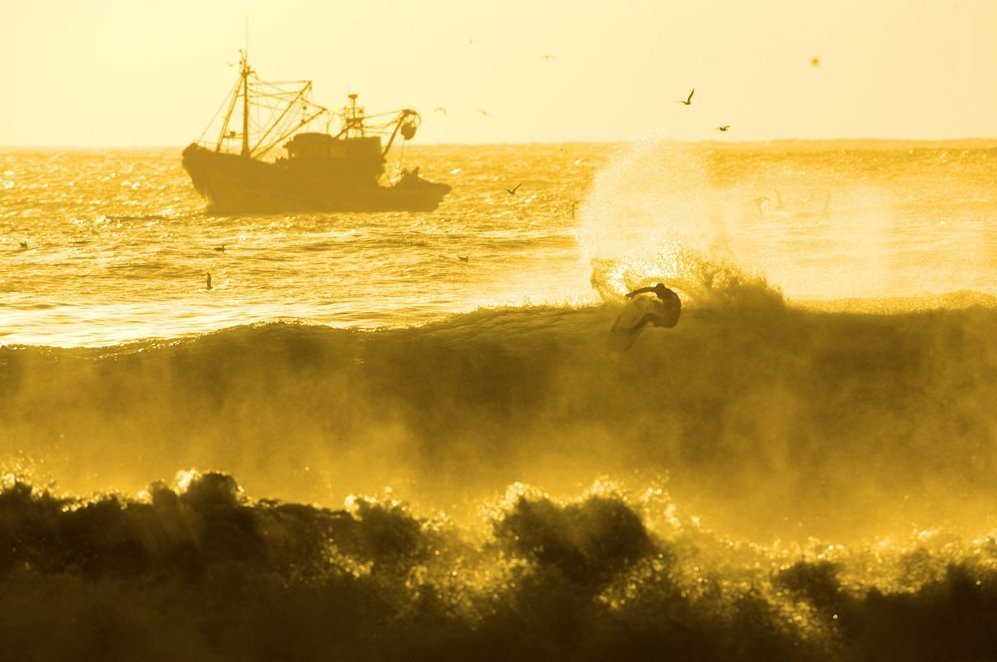
Surf Camp
The social aspect of surf camps makes them very popular among solo travelers, with the instant opportunity to meet fellow surfers and make new friends – the perfect way to take the ‘lonely’ out of solo travel. Despite the name, most don’t involve actual camping – they’re more of a hostel-type vibe. You can find surf camps all over the world, and they’re normally very easy on the wallet: you can normally choose between shared dorms or private rooms, and food, surf guiding/tuition and equipment rental is often included in the price.

